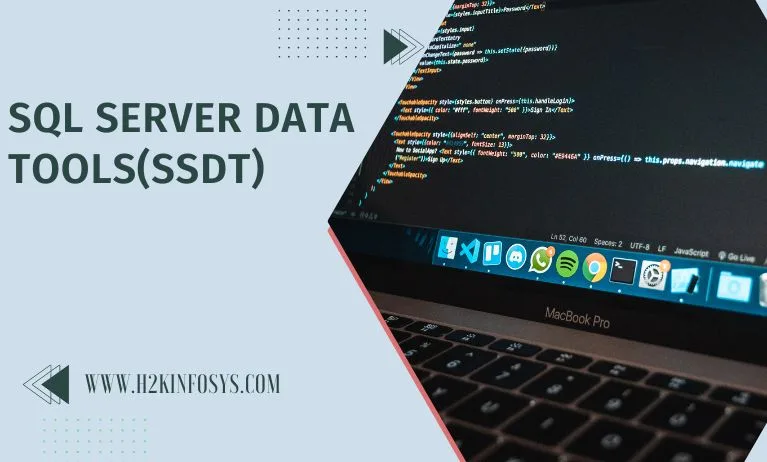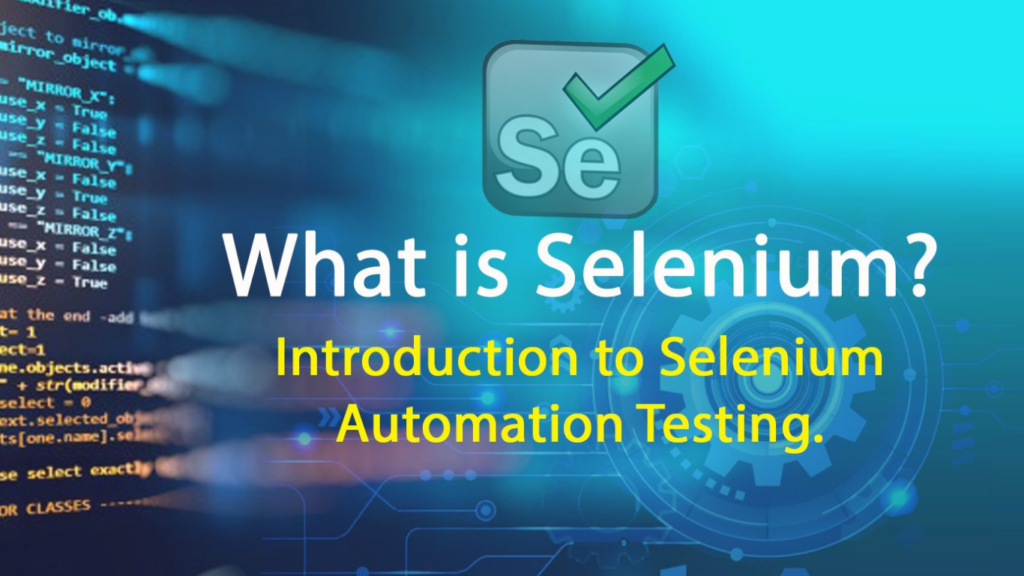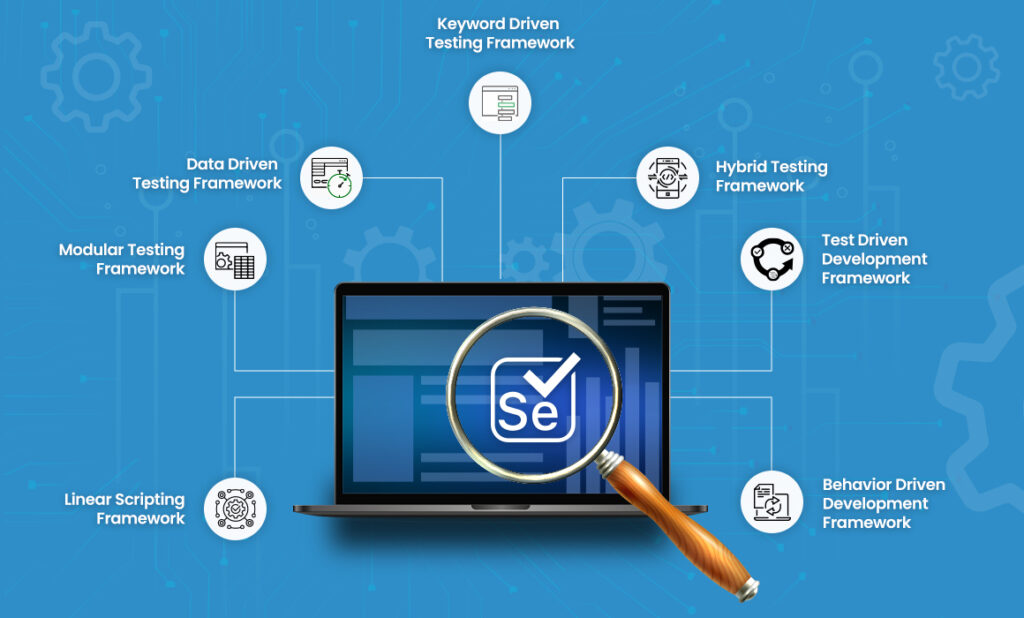Introduction
In today’s software development landscape, data integrity and robust testing methodologies are critical. Quality assurance (QA) professionals need tools that help them validate databases, automate testing, and streamline the software development lifecycle. SQL Server Data Tools (SSDT) is one such powerful suite that enhances Software Quality Assurance Training.
SSDT enables QA testers to work with SQL Server databases directly from Visual Studio, providing capabilities for database design, testing, and version control. For individuals looking for top-tier software quality assurance training, mastering SSDT is a game-changer. This guide delves deep into how SSDT is used in QA testing training, its practical applications, and how H2K Infosys can help you gain expertise through QA tester classes and software testing courses with placement.
SQL Server data tools have the capacity to transform database development by introducing a ubiquitous, declarative model that provides all the phases of database development visual studio. We can use this SQL server Data Tools transact–SQL design capabilities to build, debug, maintain and refractor databases. We can work with the database project or may be directly with a connected database instance on premise or off premise. The developers will use the similar visual studio tools for database development.
What is SQL Server Data Tools (SSDT)?
SQL Server Data Tools (SSDT) is an integrated development environment (IDE) within Microsoft Visual Studio that allows database developers and QA testers to design, build, Debug, and deploy databases seamlessly. SSDT enables testers to automate database testing, ensuring data consistency and reliability across applications.
Key Features of SSDT for QA Testing
Schema and Data Snapshot – Provides a historical view of database changes to track modifications over time.
Database Schema Comparison – Helps QA testers compare different versions of database schemas and detect inconsistencies.
Automated Database Testing – Supports test-driven development (TDD) for database validation.
Declarative Database Development – Allows defining database schema changes as part of source control.
Integrated SQL Debugging – Enables debugging stored procedures, triggers, and queries for performance testing.
Version Control Integration – Works seamlessly with Git and Azure DevOps for collaborative QA processes.
Data-tier Applications (DAC) – Simplifies database deployment across different environments.
Why SSDT is Essential for QA Testers
1. Enhancing Data Integrity in Software Applications
QA testers need to ensure that data in applications remains consistent, accurate, and reliable. SSDT allows testers to design and validate databases before deployment, ensuring that any database changes align with business requirements.
2. Automating Database Testing
Using SSDT, testers can create test cases for stored procedures, triggers, and database logic, reducing manual testing efforts. Automated database tests help ensure data correctness across different scenarios.
3. Efficient Change Management
SSDT enables testers to track database changes over time and maintain version control, ensuring smooth collaboration between developers and testers. This feature is particularly useful in software quality assurance training, where understanding change management is critical.
4. Improved Performance Testing
QA testers can analyze query execution plans, optimize database performance, and identify bottlenecks, making SSDT an essential tool in performance testing strategies.
5. Integration with CI/CD Pipelines
SSDT seamlessly integrates with DevOps workflows, allowing for continuous integration and continuous deployment (CI/CD). This is crucial in modern software testing strategies where automated deployments enhance efficiency.
6. Cross-Platform Testing
With the increasing adoption of cloud databases, SSDT supports testing across on-premises SQL Server, Azure SQL Database, and other cloud-based solutions, making it a versatile tool for testers working in hybrid environments.
Hands-On Guide: Using SSDT for QA Testing
Step 1: Installing SSDT in Visual Studio
To get started with SSDT, install it via Visual Studio Installer:
- Open Visual Studio Installer.
- Select Modify on your Visual Studio installation.
- Under Workloads, select Data storage and processing.
- Click Modify and complete the installation.
Step 2: Creating a Database Project
- Open Visual Studio and navigate to File > New > Project.
- Select SQL Server Database Project.
- Name your project and click Create.
- Use Schema Compare to compare and update database schemas.
Step 3: Writing and Running SQL Unit Tests
- Right-click on your database project and select Add > SQL Unit Test.
- Define test logic using T-SQL queries.
- Run tests using Test Explorer in Visual Studio.
Step 4: Deploying Database Changes
- Click Build > Publish to deploy changes
- Verify deployment logs for success messages.
Real-World Applications of SSDT in QA Testing
Case Study: Ensuring Data Accuracy in an E-Commerce Platform
A leading e-commerce company faced data integrity issues across multiple databases. By implementing SSDT:
- The QA team automated database schema validation.
- Stored procedure tests reduced query failures by 60%.
- Version control integration minimized database inconsistencies.
Case Study: Performance Optimization for a Banking Application
A banking firm struggled with slow transaction processing due to inefficient SQL queries. With SSDT:
- The QA team used execution plan analysis to optimize queries.
- Performance testing reduced transaction processing time by 40%.
- SSDT-based debugging eliminated redundant queries, enhancing efficiency.
Case Study: Streamlining DevOps in a SaaS Company
A SaaS company used SSDT to integrate database testing within their CI/CD pipeline:
- Automated schema validation reduced release cycle times by 50%.
- Continuous integration minimized post-deployment errors.
- SSDT helped the company maintain compliance with data security standards
Why Choose H2K Infosys for Software Quality Assurance Training?
At H2K Infosys, we offer QA testing training that equips you with hands-on expertise in SSDT and other essential testing tools. Our QA tester classes cover:
- Database Testing with SSDT and SQL Server.
- Test Automation using Selenium and JMeter.
- Software Testing Courses with Placement to help you launch your career.
- Advanced SQL Query Optimization Techniques to enhance performance testing.
- Live Project-Based Training to provide real-world exposure.
- Comprehensive Study Materials and Hands-On Assignments to solidify learning.
Our expert instructors ensure that students gain practical skills, preparing them for real-world testing challenges.
Conclusion & Call to Action
SQL Server Data Tools (SSDT) is a crucial tool in QA testing training, empowering testers with database automation, version control, and performance optimization capabilities. Gain hands-on experience with SSDT through software quality assurance training at H2K Infosys. Enroll today and take your QA skills to the next level!
Questions
- Why SQL server Data tools are used ? Explain its features
- How to install sql server data tools?































6 Responses